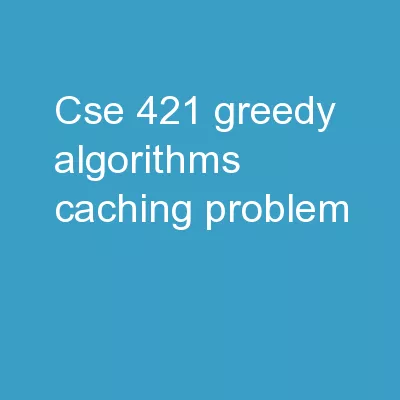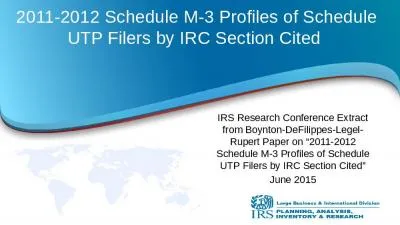PPT-Schedule for near future….
Author : lois-ondreau | Published Date : 2017-12-31
Previous SGD 1 Midterm Will cover all the lectures scheduled through today There are some sample questions up already from previous years syllabus is not very different
Presentation Embed Code
Download Presentation
Download Presentation The PPT/PDF document "Schedule for near future…." is the property of its rightful owner. Permission is granted to download and print the materials on this website for personal, non-commercial use only, and to display it on your personal computer provided you do not modify the materials and that you retain all copyright notices contained in the materials. By downloading content from our website, you accept the terms of this agreement.
Schedule for near future….: Transcript
Download Rules Of Document
"Schedule for near future…."The content belongs to its owner. You may download and print it for personal use, without modification, and keep all copyright notices. By downloading, you agree to these terms.
Related Documents














